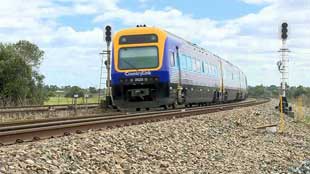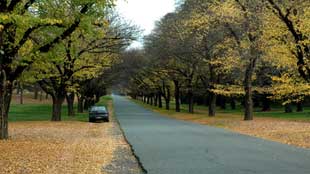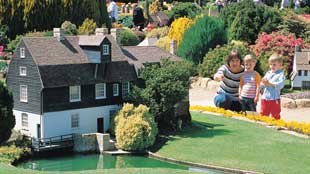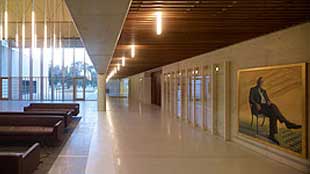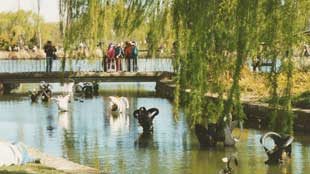Planning Your Visit
Canberra is located at altitudes that range from 550m to 700m above sea level. This results in temperature ranges from -5° C to 35° C. The hottest days are generally in December and January. In wintertime, the days can get very chilly, and snow falls every few years.
Canberra has four distinct seasons, unlike many other Australian cities whose climates are moderated by the sea (it is Australia’s only inland capital city). Spring (September-November) is typified by cool days, lengthening sunlight, and periodic rain. The Canberra Spring is signalled by buds and blossoms on fruit trees, flower festivals, the return of Bogong Moths from their annual migration, and the annual Floriade flower festival.
In Summer, rain ceases before Christmas and humidity is generally low until March (or even April.) The light is stark, and hats are worn outside to protect from the sun.
Autumn brings freshening days and ANZAC Day (25th April) can be quite sharply cold for those attending the dawn service at the Australian War Memorial. The leaves of the many deciduous trees such as poplars, oaks and elms turn and fall, producing a colourful spectacle each May. Rain begins again at odd intervals.
Winter is typically the season of rain, but in 2003 and 2004 drought persisted. Fog frequently occurs during winter mornings, and can cause flight delays or cancellations at Canberra International Airport.
It is important to remember that the city was created to be the seat of Government for the Commonwealth of Australia and the place where the thousands of public servants who work there also live. These are still its primary functions – and this is reflected in just about everything Canberra is and does and has to offer the visitor. Thus, even the attractions that are promoted to visitors as ‘must-sees’ are primarily the kind that one expects to find in a nation’s capital – things which showcase and/or symbolise the nation’s strengths, uniqueness and abilities, mixed with salutes to its people – past and present – who have contributed towards Australia being the nation it is today.
If you go to Canberra expecting to see anything else – which many visitors, particularly those from overseas, tend to do – you may, like many of them, be disappointed. Many who visit Canberra say it is sterile and boring, and that is how it appears if you go there expecting it to be something other than a purpose built, working national capital. Go there knowing what it is and why it is there and it will more than meet your expectations.












